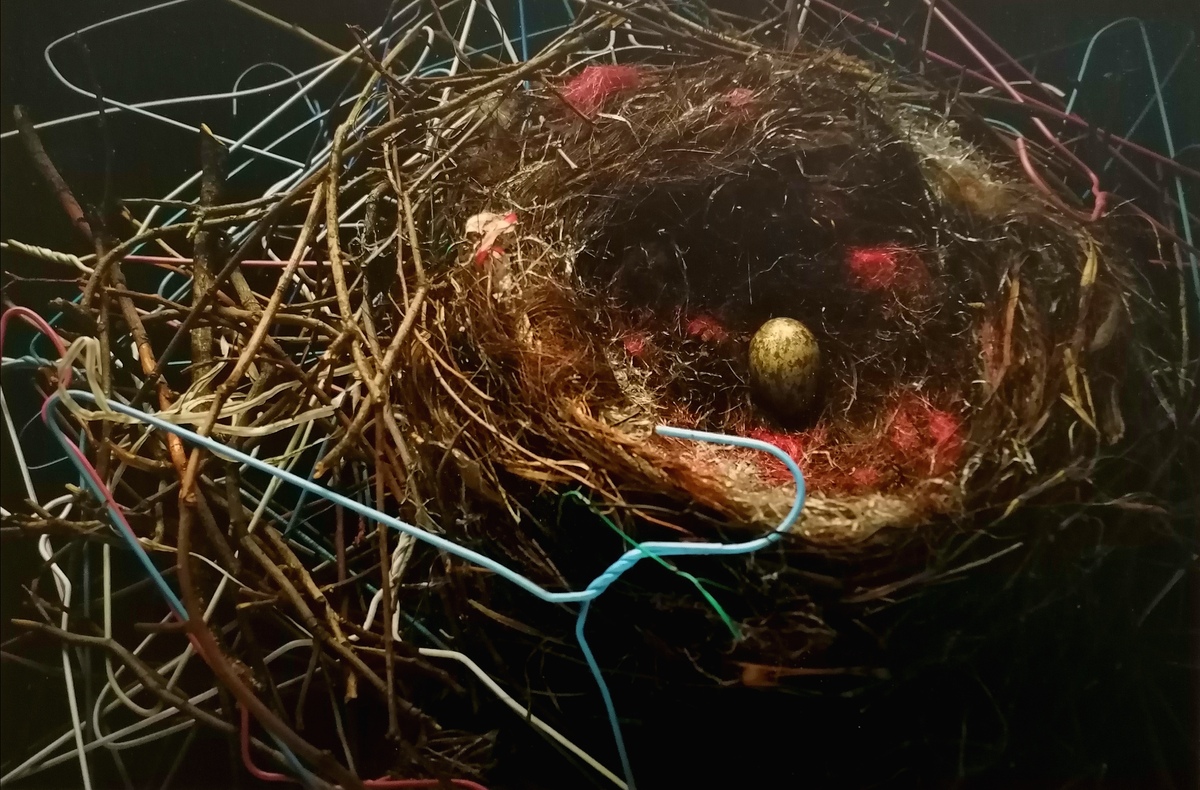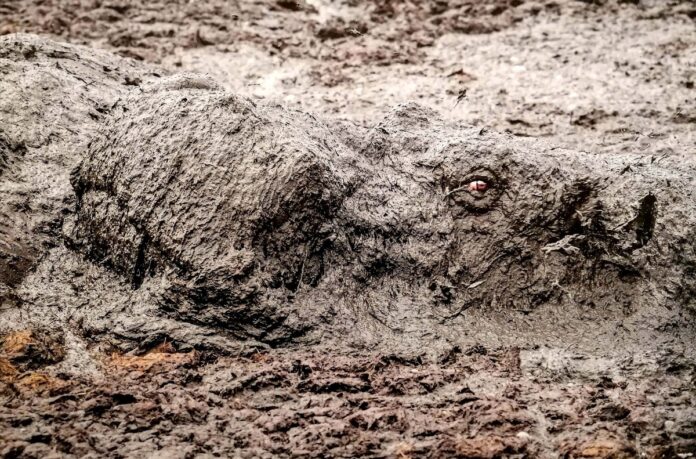The powerful of the world are debating climate change. Meanwhile, the Wildlife Photographer of the Year exhibits the splendor, power and fragility of the nature which is increasingly affected by human activities. That body, which is internationally prestigious, celebrates its 56th edition this year.
Wildlife Photographer of the Year: Photography and Nature
Hundred images on show at Palazzo Turati in Milan, capture the behaviors and habits of animals. And this charges the authors with long stalking and years of study. A testimony comes from the photo that portrays four Pallas kittens recalled by their mother to return to their den. The shot is the result of six years of work at high altitude, on the Tibetan plateau.
The photos provide us with species which in many cases are under extinction. It is worth to mention the fireflies that cover a tree with gold, as demonstrate by the shot “Lights of Passion”. Habitat destruction and increasing light pollution give way to a great threat to this insect’s survival.
Wildlife Photographer of the Year. The art of recycling

The shot entitled The art of recycling is intriguing. Colored hangers are represented there that intersect with twigs and twine to compose the structure of a nest. The author of this “artistic” nest? a crow. Like other “urban” birds, crows use anthropogenic materials for their nests. It seems that wild animals living in cities have learned to be opportunistic like humans. For this reason, they recycle and make the most of the materials they find, so creating artistic nests.
Man and nature: two interconnected systems
As this shot shows, the integration between the human world and the natural world has reached an advanced stage. Some would define it a point of no return. The distinction between natural and artificial, in fact, is increasingly blurred. Indeed, the artificial seems to prevail over what is natural: in 2020, the weight of the anthropogenic mass has exceeded that of living beings. In such a context, wilderness and biodiversity get low. And what remains of it is increasingly difficult to preserve.
From photography an aid for the protection of biodiversity
Yet, an excellent help can come from nature photography. The non-profit organization Wild Me has launched a biodiversity protection project based on the use of this tool. Thanks to the artificial intelligence, photos of ordinary citizens portraying animals become a precious source of data to identifying, mapping and cataloging wild animals.
These shots come together in the Wildbooks: we deal with virtual archives that collect the images of all the individuals photographed for each species, each recognizable by the peculiar pattern of its skin.
According to scientists, the sixth mass extinction is underway. But photography can help us fight the loss of biodiversity. Perhaps all is not lost. Maybe we can save the fireflies, too.
Nel periodo in cui i leader di buona parte delle nazioni del mondo discutono sui cambiamenti climatici, la mostra Wildlife Photographer of the Year mette in scena lo splendore, la potenza e la fragilità di una natura sempre più influenzata dalle attività umane. Il concorso di fotografia naturalistica più prestigioso al mondo festeggia quest’anno la 56esima edizione.
Wildlife Photographer of the Year: fotografia e natura
Le cento immagini esposte nella cornice di Palazzo Turati a Milano catturano i comportamenti e le abitudini degli animali, il più delle volte al prezzo di lunghi appostamenti e anni di studio da parte degli autori. È il caso della foto che ritrae quattro cuccioli di gatto di Pallas richiamati dalla madre per rientrare nella loro tana. Lo scatto è frutto di sei anni di lavoro in alta quota, sull’altopiano del Tibet.
Le specie fotografate sono in molti casi minacciate dall’estinzione. Come le lucciole che ricoprono d’oro un albero nello scatto “Luci della passione”. La distruzione degli habitat e il crescente inquinamento luminoso costituiscono una grande minaccia per la sopravvivenza di questo insetto.
Wildlife Photographer of the Year. L’arte del riciclaggio

Incuriosisce lo scatto intitolato L’arte del riciclaggio. La foto rappresenta appendiabiti colorati che si intersecano a ramoscelli e spago per comporre la struttura di un nido. L’autore di questo nido “artistico”? Un corvo. Come altri uccelli “urbani”, i corvi utilizzano materiali antropici per i loro nidi. Sembra che gli animali selvatici che vivono nelle città abbiano imparato ad essere opportunisti come gli uomini. Per questo, proprio come gli uomini, riciclano e sfruttano al meglio i materiali che trovano, creando dei nidi artistici.
Uomo e natura: due sistemi interconnessi
Come mostra questo scatto, l’integrazione tra mondo umano e mondo naturale ha raggiunto uno stadio avanzato. Un punto di non ritorno, come lo definirebbe qualcuno. La distinzione tra naturale e artificiale, in effetti, è sempre più labile. Anzi, l’artificiale sembra avere la meglio su ciò che è naturale: nel 2020, il peso della massa antropica ha superato quello degli esseri viventi. In un contesto del genere, la wilderness e la biodiversità si riducono. E quel che ne resta è sempre più difficile da preservare.
Dalla fotografia un aiuto per la tutela della biodiversità
Eppure, un ottimo aiuto può venire proprio dalla fotografia naturalistica. L’organizzazione no-profit Wild Me ha lanciato un progetto di tutela della biodiversità basato sull’utilizzo di questo strumento. Attraverso l’aiuto dell’intelligenza artificiale, le foto di comuni cittadini che ritraggono animali diventano una preziosissima fonte di dati per identificare, mappare e catalogare gli animali selvatici.
Questi scatti confluiscono infatti nei Wildbook: archivi virtuali che raccolgono le immagini di tutti gli individui fotografati per ciascuna specie, e ciascuno riconoscibile dal peculiare pattern della sua pelle.
Secondo gli scienziati, è in atto la sesta estinzione di massa. Ma la fotografia può aiutarci a contrastare la perdita della biodiversità. Forse non tutto è perduto. Forse riusciremo a salvare anche le lucciole.
Sui Wildbook guarda la TED Talk:
https://www.ted.com/talks/tanya_berger_wolf_how_your_nature_photos_can_help_protect_wild_animals
Su cultura e cambiamenti climatico leggi anche:
https://www.fyinpaper.com/there-is-one-hundred-planet-b-for-a-while-in-milan/








